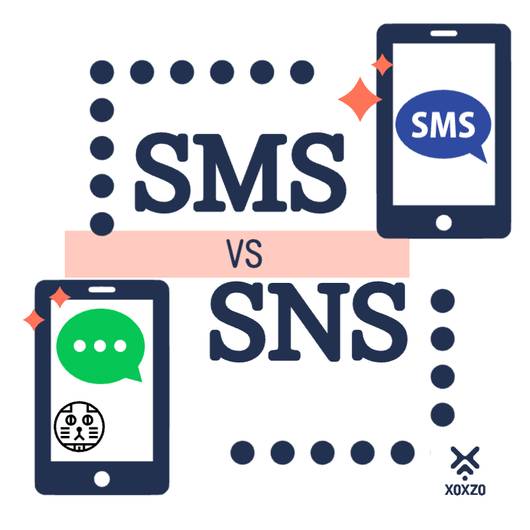Starting from June 28th 2021, carriers in Japan will start rolling out common short codes.
What are SMS shortcodes?
In a nutshell, SMS shortcodes are short numbers (usually 6 to 4 digits) that carriers assign to businesses to be used as sender ids when they send out SMS to their customers.
These so-called shortcodes are distinct from your usual mobile numbers, and are nearly all the time only used by businesses. Shortcodes are only issued by the carriers to businesses through an application and vetting process.
Because shortcodes do not contain country codes, they cannot be used internationally.
 This image is unedited and credit goes to Jhaymesisviphotography
This image is unedited and credit goes to Jhaymesisviphotography
What can you do with SMS shortcodes?
Because short codes are pre-approved by carriers, they will have high throughput and are not subject to carrier filtering. This makes them perfect for sending those high-volume or time-sensitive messages.
Shortcodes are uniquely assigned to brands and businesses so they can also be used to identify a brand or a businesses to their consumers.
Depending on the support of the carriers, consumers can also send messages to shortcodes. This opens up opportunities for businesses to have a two-way conversation with a customer through SMS. You cannot make a voice call to a shortcode.
Why are they called "common" shortcodes?
Each Mobile Network Operator (MNO) or carrier decides how numbers are assigned on their own network. Some shortcodes can only be used within a carrier, which are called "carrier specific" shortcodes. Common shortcodes are shortcodes which can receive messages from subscribers of any carrier. In other words, common shortcodes have carrier interoperability.
So what will change?
With the announcement (only in Japanese) on 29th June 2021 from NTT DoComo and KDDI, businesses can now apply for common shortcodes from the MNO carriers. Currently, the common shortcodes will only apply on DoComo and KDDI, while Softbank plans to roll them out in October this year. Rakuten, the newest MNO did not give a date of a rollout but says that they are planning to join the scheme.
With carrier interoperability for shortcodes, consumers in Japan will now be able to receive from and send messages to businesses in Japan through a single and identifiable shortcode, regardless of which carrier they are subscribing to.
How does the new common shortcodes help businesses?
Businesses can publish what shortcodes they are using on their websites and emails. Since shortcodes are only issued by the carriers after an application and vetting processes, consumers can be confident that a particular shortcode is used by a certain business and the risk of SMS spoofing is highly unlikely. This will help increase trust between customers and brands and also contributes to the fight againts fraud and phishing.
The new shortcodes are also capable of receiving SMS. Brands and businesses can also respond to customer enquiries real-time through chat-like applications.
How was it before in Japan?
Up until June 28th 2021, SMS messaging from businesses has been mostly only one-way: The businesses will send out messages to their customers using a sender id which can either be the brand name (i.e "Xoxzo") or a phone number which the customer can call for assistance.
The MNOs in Japan only had "carrier specific" shortcodes. Because common interoperable shortcodes was not available, businesses needed to get different shortcodes for each carrier and publish them to let customers subscribing to different carriers to know which shortcode correspond to their carriers. This was confusing, frustrating and error prone, because if the customer sent to a shortcode which does not correspond to their carrier, the message will be lost.
How to get your own Japan shortcode?
Are you interested in getting a common shortcode for your brand or business? Contact us at help@xoxzo.com and we'll assist you to apply and get your own Japan shortcode!



